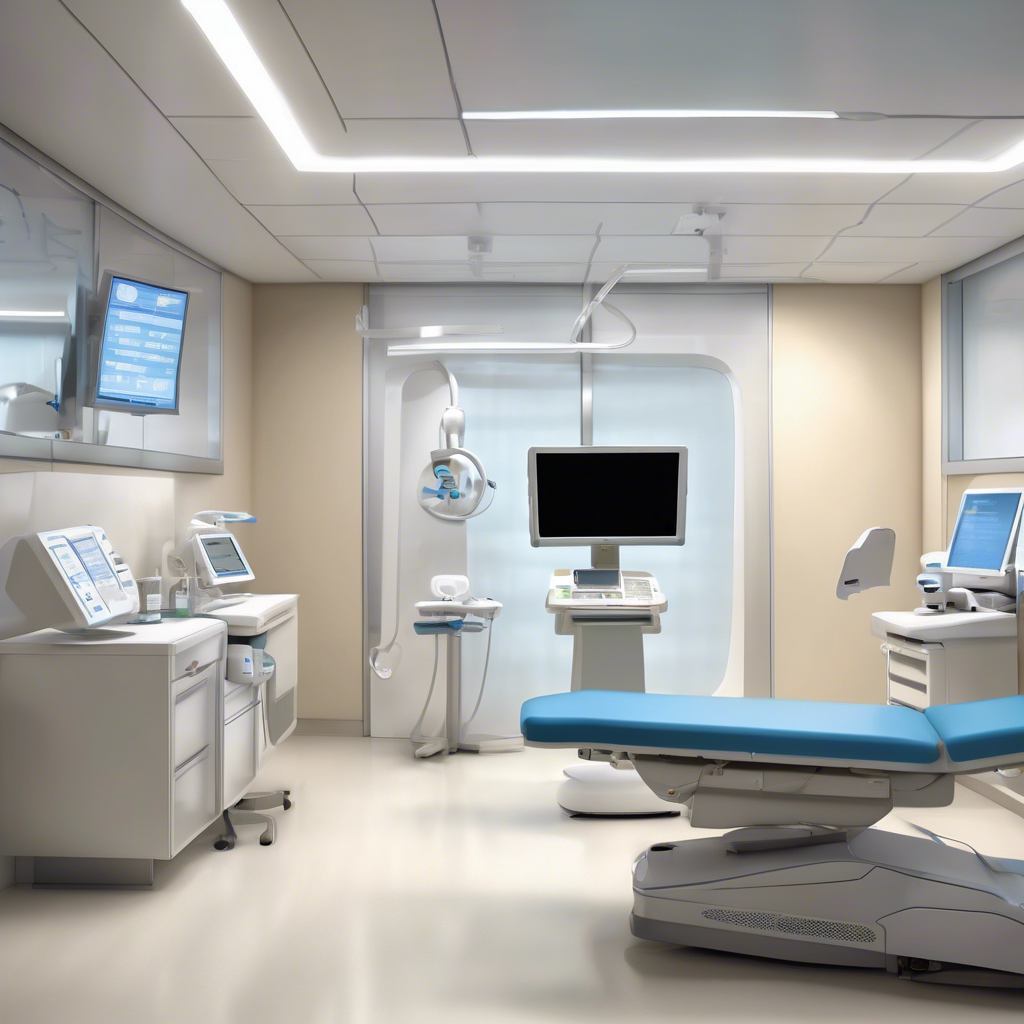
In the ever-shifting landscape of healthcare, community oncology practices wrestle with challenges that extend far beyond the immediate needs of their patients. These practices, often operating within tight financial confines and increasing patient demands, face the daunting task of integrating modern technology to streamline their operations and elevate patient outcomes. Yet, this integration must be carefully balanced against the risk of technological complexity turning into administrative overload. Nini Wu, MD, MBA, chief medical and development officer of Navista—a Cardinal Health company—offers a wealth of wisdom gleaned from the front lines, highlighting how community oncology can embrace innovation without sacrificing efficiency or inflating costs.
Wu emphasizes that the adoption of technology is not merely desirable but essential within community oncology. However, this must be done with a keen awareness of financial and operational implications. When practices invest in new equipment or transition to software-as-a-service (SaaS) solutions, these often entail ongoing subscription fees or licensing costs. These expenses quietly thread into daily care routines yet don’t bring a parallel revenue stream. Unlike other healthcare services that can be billed and reimbursed individually, these technology expenditures often remain unsupported by payers, exacerbating financial pressure on practices already navigating narrow margins. On the flip side, patients themselves are becoming increasingly tech literate, expecting seamless digital interactions—from online appointment schedulers to mobile portals—without necessarily understanding or contributing to the costs incurred by their providers. This dynamic forms a complex web of expectations and economic realities that community oncology must negotiate with care.
One of the most vivid metaphors Wu uses to describe early healthcare technology implementations is the “melon baller.” Picture a small scooping tool that extracts one round piece of melon at a time without impacting the surrounding fruit—an elegant but narrowly focused device. Many early software tools in healthcare mirrored this approach, targeting singular functions like registration or billing without integrating with the wider clinical or administrative systems. The result? Instead of simplifying workflows, these siloed solutions often created new hurdles, including redundant data entry and manual reconciliations between disparate systems. Imagine entering the same patient data multiple times across different platforms—an exercise that paradoxically adds to clinicians’ workloads instead of lightening them. This fragmentation undercuts the promise of efficiency and steals precious time from patient care, highlighting why integration is more than just a buzzword; it’s a necessity.
Looking ahead, Wu insists that the future of technology in community oncology hinges on achieving true interoperability and connectability. Interoperability means designing and choosing systems that communicate effortlessly, sharing data and insights across platforms to streamline processes and minimize duplication. This ensures that a symptom logged in an electronic health record, for instance, informs the treatment plan in real time without manual data transfer. Connectability, a complementary concept, recognizes that patients themselves bring diverse technological backgrounds and preferences to the table. Some may embrace digital portals with ease while others prefer a friendly phone call or even paper communication. Tailoring engagement to these varied patient needs not only fosters better adherence to treatment plans but also enhances the overall patient experience. It's a call to view technology as a flexible set of tools that can be adapted rather than forcing all patients into the same digital mold.
What may seem counterintuitive to some is Wu’s reminder that technology's greatest strength lies in pairing modern innovations with time-tested human interactions. Sometimes, the simplest solution is the best: sitting down with a patient to walk through paperwork, or making a quick phone call to clarify instructions, can build trust and reduce confusion more effectively than a flashy app. These “low tech” moments don't just ease patient anxiety—they optimize how patients engage with technology-enabled processes, turning what could be a barrier into a bridge. This hybrid approach, blending sophisticated systems with genuine human connection, sketches a hopeful vision for community oncology. Practices that embrace technology thoughtfully, respecting both clinical efficiency and patient comfort, are poised to deliver the world-class care their communities deserve.
Community oncology stands at a crossroads where technology offers remarkable opportunities yet demands mindful application. Dr. Nini Wu’s insights remind us that innovation must be coupled with pragmatism, financial awareness, and a steadfast commitment to the patient experience. From the pitfalls of isolated tech tools to the promise of interoperable systems and personalized patient engagement, the path forward requires balancing progress with compassion. In an era where a melon baller can illustrate the difference between piecemeal and integrated solutions, these lessons resonate powerfully. The future of community oncology will be shaped not just by the latest software or devices but by how these tools amplify the deeply human mission at the heart of medicine: caring for people.
#CommunityOncology #HealthcareTech #PatientExperience #Interoperability #OncologyInnovation #MedicalTechnology #HealthcareFuture
Leave a Reply